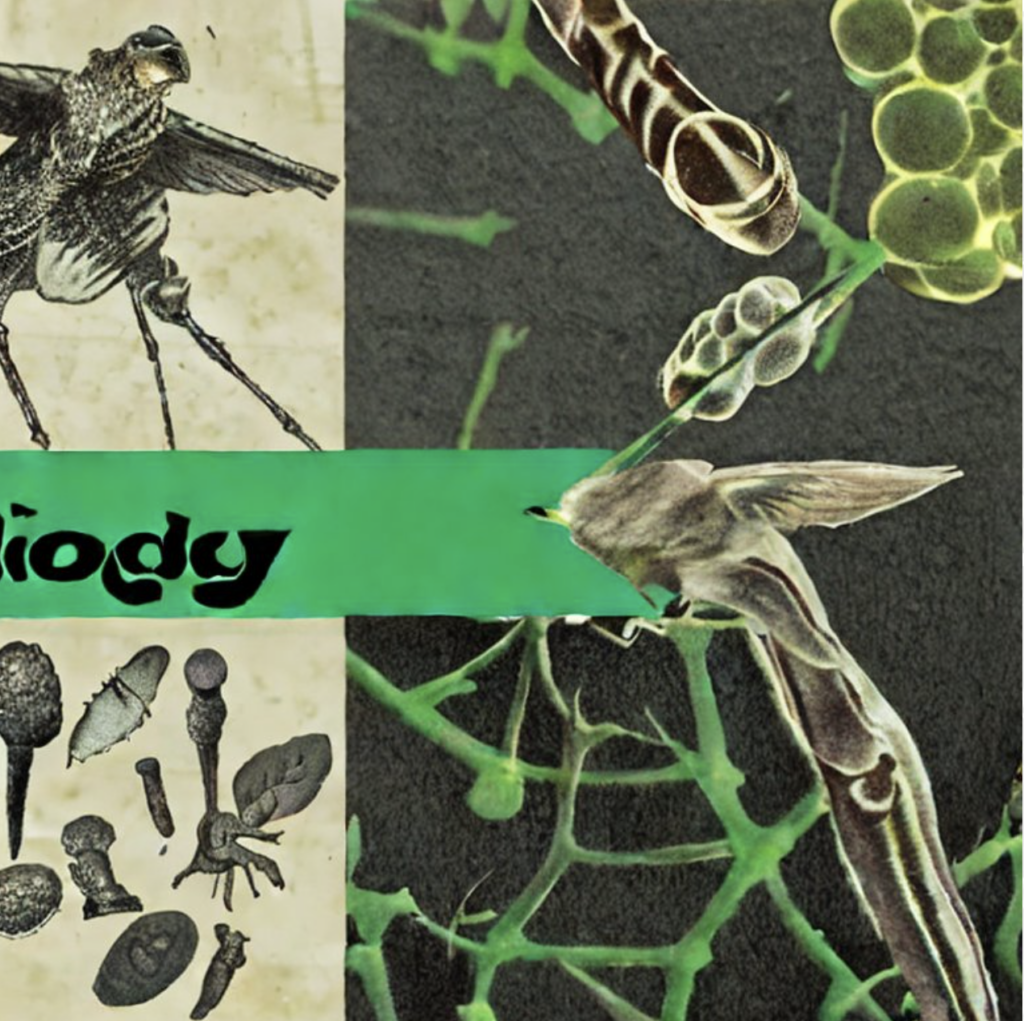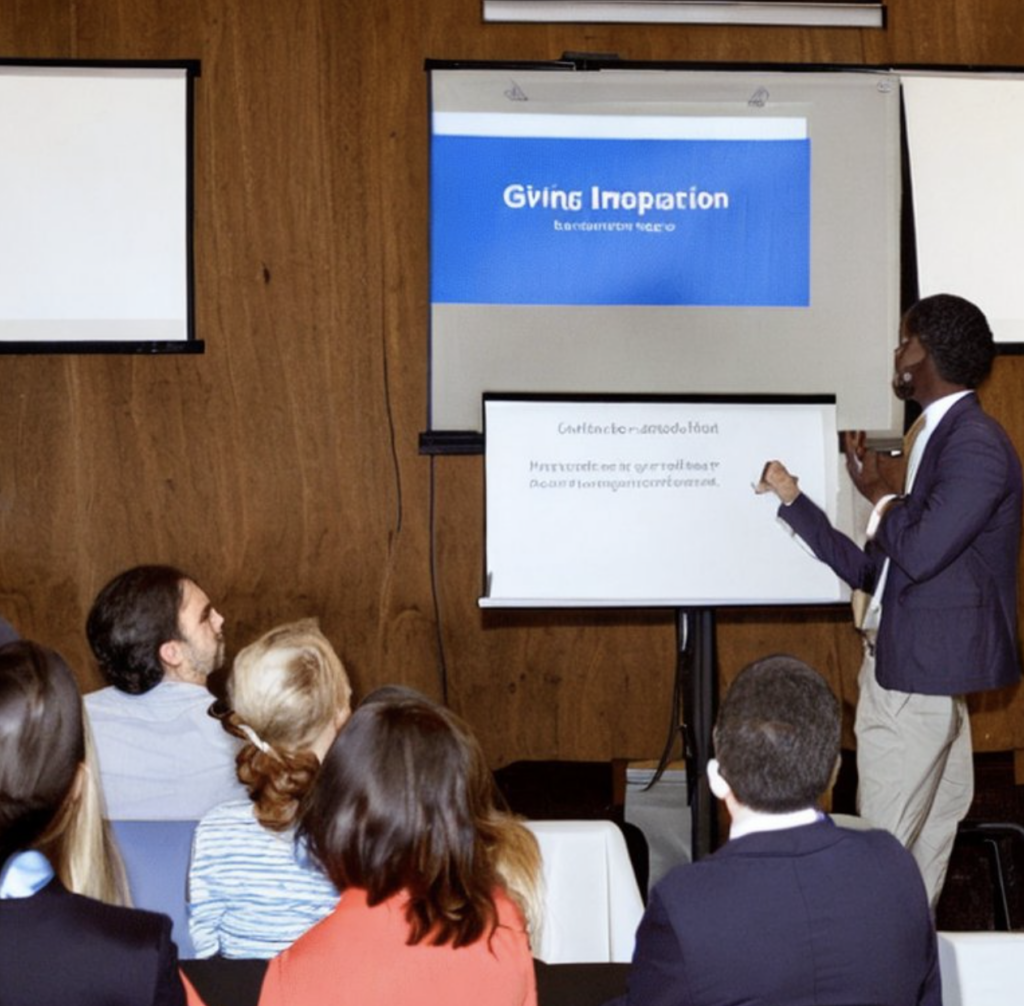Merrill’s 5 principles of instruction:
- Learning is promoted when learners are engaged in solving real-world problems
- Learning is promoted when existing knowledge is activated as a foundation for new knowledge
- Learning is promoted when new knowledge is demonstrated to the learner
- Learning is promoted when new knowledge is applied by the learner
- Learning is promoted when new knowledge is integrated into the learner’s world
After learning and reading over Merrill’s different principles, I now understand why university courses are structured a particular way. I also have noticed why I might have learned material better throughout online school assessments compared to in-person assessments. As a biology major, a lot of the course assessments are multiple choice. Although over online school, the questions shifted to more long-answer and real-life scenario questions. As much as students might not be a huge fan of long answer questions, sometimes it is better to be able to explain your thoughts and problem solve to get to the answer. The skills behind this decision making process are more applicable in the real-world problems. I also now understand why you might need a prerequisite class prior to taking another class, as the knowledge you will have learned in the course is the foundation to build on new knowledge in the next course! Again, another one of Merrill’s principles at play.

As defined by Shelly Moore in her video, backwards design is the process of identifying the goal and making a plan to meet that goal. It starts with the goal that the educator wants the students to meet, and then creating assessments based on that goal. Then once the goal and assessment is clear, you then create the lesson plan to reach that goal. Below I have attached an example lesson plan that teaches youth about the parts of the cell cycle. As I have never been in the position to have to create a lesson plan for learners, I did find this task challenging and appreciate any feedback in the comments!
LESSON PLAN ASSIGNMENT:

What authentic problem would you use to design a lesson using Merrill’s principles? What media or multimedia (interactive or not) would you create to support it?
Looking at Merrill’s principles, the main points that jump out to me are “solving real-world problems” and “new knowledge is integrated into the learner’s world”. Looking back at my courses taken during online school/ COVID, I felt that for some of my classes profs took more time in creating assessments and incorporated more real-world examples into tests. Majority of the online assessments were also open book, which helped us as students, expand and improve our note-taking skills and research skills. It is also always helpful at the beginning of the semester for all my courses that we reflect back on what we had learned the previous years. This allows us to think back to past knowledge learned and for us to be “activated as a foundation for new knowledge”.

If I were to create a lesson using Merrill’s principles and involve a piece of multimedia, I would create an interactive lesson which includes hands-on activities and online videos with a reflection piece for assessment at the end. I am not quite sure yet what the lesson would be about, although I would take from my experiences as a learner and apply it to my lesson assessment. Using interactive media where the learner can get more hands-on experience I believe will provide a better and more inspiring learning experience, as well as be inclusive to those that are visual, auditory, and tactile learners. I also really found assessments that were open-book more helpful for my learning and understanding of the topic than closed book multiple choice tests. So as an assessment for my lesson, the learner would have to do research and a presentation to show their learning or create multimedia to express their learning.
Where do you see constructive alignment and backward design used in this course or another course you are taking/have taken? Is there anywhere where it seems to be missing?
Constructive alignment refers to the alignment of our learning outcomes, assessments, and activities and is also a central to the concept of backward design! Defined earlier, backwards design is the process of identifying the goal and making a plan to meet that goal.
I think the process of backwards design is missing within the sciences. From my learning experiences, there needs to be more of an activity based approach or different way of assessment to make the learning environment more encouraging for students. I think that this course (EDCI 337) is a good representation of backwards design and constructive alignment as we are given the task at hand (blog posts) and the tools on how to constructively answer the questions for the blog posts.

After reviewing the material for week 8, I am actually surprised how far AI technology has actually come. Yes, I knew somewhat about the AI creating art-work through what I saw on TikTok, although I didn’t know that this technology was having such an impact on young artists. Generative Artificial Intelligence is the process of AI generating art and text, based on previous information. Looking at the Large Language models (LLMs), based on the article by Rushton it is said that LLMs have just become “really good at paraphrasing”. As noted in the example in the article, the system lacks the understanding of the text being written.
Looking over the various AI tools for the week to explore, of course I wanted to try out ChatGTP as it has been all over the news. I also noticed that Quillbot was also listed as an AI tool. I have actually been using Quillbot for quite some time and never thought of it as a form of AI. I have always struggled with writing words down on a page in a way for the sentence to make sense and get the point across. So I have turned to Quillbot in the past to help me with grammar in my writing, putting things in chronological order, and organizing my thoughts. Overall, it has been a very helpful tool when I don’t have a roommate around to read over my writing for past tense vs present tense.
Having never tried using the ChatGTP program before, I started by asking a funny question of “how long can I keep lunch meat in the fridge”, just to see what it would say. Not completely sure why I chose that question to test the program. Of course my next question was “summarize the first harry potter movie”……Anyways, I was pleasantly surprised when it responded with a very detailed instructive answer. Now, if I have a question about how to cook food, I no longer need to text my mother (LOL)!

Using ChatGTP, I attempted promoting the program with the questions for the blog post to see what the result would be. I have attached the following responses the program gave me:
What guidelines do you think should be in place to guide their use in an educational institution? What factors should be considered?
Guidelines for the use of AI in educational institutions should be established to ensure that the technology is used ethically and effectively. The factors to be considered include privacy, security, accessibility, and fairness. Educators should be trained to use the technology effectively and to address any potential biases in the data used to train the algorithms.
How might the use of these tools create a more inclusive learning experience? Who might be excluded?
The use of AI in education can provide personalized learning experiences that can benefit learners with different learning styles and abilities. However, AI tools may exclude learners who do not have access to technology or who are not familiar with its use. It is important to ensure that access to technology is not a barrier to learning.
What ethical concerns do you have (or not have) about the use of some of these tools?
Some ethical concerns about the use of AI in education include the potential for bias and discrimination in the data used to train the algorithms, the privacy and security of student data, and the potential for the technology to replace human teachers.
What might you use AI tools for moving forward? What would you not use them for?
AI tools can be used in various educational settings, such as adaptive learning, intelligent tutoring systems, and language learning. However, it is important to consider the ethical implications of their use and to ensure that they are used in an inclusive and effective manner.
Where do you think these tools will be in their evolution in 2-3 years’ time?
AI technology is rapidly evolving, and it is difficult to predict exactly where it will be in 2-3 years’ time. However, it is likely that AI will continue to be integrated into education, and new tools and applications will be developed to enhance teaching and learning. The development of more advanced natural language processing and machine learning algorithms is likely to further improve the effectiveness of AI in education.
It was wild for me to see just how easy it was for the program to generate the answers to these questions. I now understand why some profs/ schools are skeptical of the technology.
I also choose to tryout some of the other AI tools including “Tome”. Below is attached a presentation that AI has put together about how to be a great Summer Camp Leader. The one thing I first noticed about the presentation is the very interesting artwork displayed in the slides. I also noticed that the slides had a lot of paragraphs, and the one thing when giving presentations is to have slides with short bullet points. What interesting features did you notice about the AI generated presentation? Link HERE.

References
Merrill, M. D. (2002). First Principles of Instruction. ETR&D, 50, 3. pp. 43-59. https://www.james-greenwood.com/instructional-design/toolkit/merrill/#:~:text=The%20premise%20of%20Merrill%E2%80%99s%20first%20principles%20of%20instruction,principles%20are%20necessary%20for%20effective%20and%20efficient%20instruction.%E2%80%9D%28p44%29
Carolina Knowledge Centre Team, “Teaching the Cell Cycle and Mitosis.” Carolina Knowledge Center.https://knowledge.carolina.com/discipline/life-science/teaching-the-cell-cycle-and-mitosis/
Moore, Shelly (2019). Backwards Design: A great way to move forward. YouTube Video. Backward Design
Stable Diffusion (All images in blog were created using this tool)
Rushton, Edward (2023), The Great LLM Debate: Does ChatGPT Really Understand?.LinkedIN.
ChatGTP
Leave a Reply
You must be logged in to post a comment.